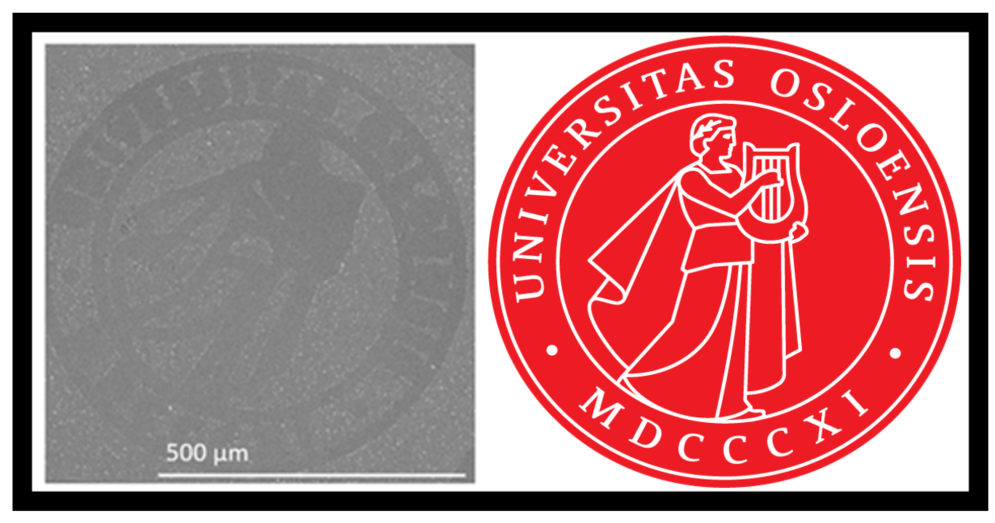Disputation
Due to the ongoing Pandemic, the Disputation will be held digital using Zoom. The Chair of Defence will lead the Disputation and the Defence technician will solve technical issues.
Ex auditorio questions: The Chair of Defence will invite the audience to ex auditorio questions. These can be asked orally, by clicking "Participants - Raise hand" in the Zoom menu. The Zoom-host will grant you to speak in the meeting.
Order the Dissertation as PDF from this email address. Please add name of Candidate: a.c.gartner@kjemi.uio.no
Trial lecture
20th. of May 2021 at 10.15 AM, Zoom
Title:"Tailoring high efficiency silicon solar cells and advantages of alternative solar cell materials”
Conferral summary
For å øke effektiviteten på dagens solceller, kan man lage en lys-saks som klipper lyset med mer enn dobbelt så mye energi som solcellen kan bruke, i to. Slike materialsystemer har mange komponenter som må spille på lag og man må ha kontroll på under nanometer-nivå på hvor de ulike atomene i materialet befinner seg. Atomlagsdeponering tillater en slik kontroll, og i dette arbeidet har denne teknikken blitt brukt for å utforske om kalsium-molybdat dopet med ytterbium og praseodym er en god lys-saks.
Main research findings
Designing light-scissors for better solar cells
Silicon solar cells are approaching their maximum theoretical efficiency. They can still be improved by adapting the sunlight using a pair of light-scissors as down-converters. Such scissors cuts the light into energy packets better suited for the silicon solar cell. Popular down-converters are based on pairs of lanthanides carefully distributed in an absorbing host material. However, synthesizing such materials is challenging. For the process to be efficient, the distance between the lanthanides must be carefully controlled within a nanometer and too much of the lanthanides will also reduce the efficiency.
In the current work we have explored CaMoO4 doped with Pr3+/Yb3+ as a down-converter, using atomic layer deposition (ALD) as the synthesis tool. ALD allows spatial control of the lanthanide dopants, but combining binary ALD-processes to make complex oxides, requires many parameters to be tuned. To ease the tuning, Design of Experiments (DoE) has been used. A new compatible process for deposition of MoOx had to be developed to achieve the goal. As serendipity, this process also showed an area-selective behaviour, which is very rare to observe (Figure 1). Finally, CaMoO4: Pr3+ / Yb3+ was successfully synthesized, and we found that we could use ALD to control its optical properties.

Figure 1: MoOx deposited on an Apollo-seal litography pattern, showing that MoCl4O can be used for area-selective deposition of MoOx.
